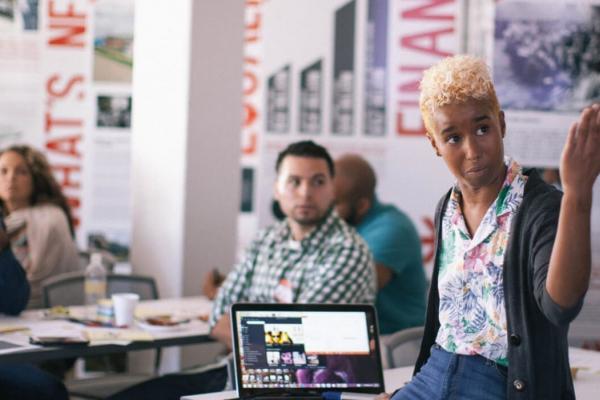DEBATE THE CHOICE all you want, but what was radical about a congressional candidate’s ban on press at an August public town hall event wasn’t her decision to shut out journalists. It was how publicly she was willing to attempt new things, to try to make democracy work for a new slice of participants.
“We are genuinely trying to create environments where our constituents feel comfortable expressing honestly and engaging in our discourse,” she tweeted. “Genuine Q?: how should we label a free campaign event, open to all, that’s a sanctuary space?”
Though she and other justice-minded public officials may not use these words, what they are attempting is a kind of human-centered design.
Human-centered design is fairly self-explanatory: When designing systems, services, or products, creators place humans at the center. But in practice, this can be radical: If my focus is to make an experience better for each user, I will design for individuals, not market trends; I will design for the outliers and anomalies, not the majority.
And, critically, it requires empathy, using every tool I can muster to fully understand what the user experiences as they interact with the system, solving problems worth solving.
Of course, the best way to learn the process is to go through it yourself.
Designer Antionette Carroll lives in Ferguson, Mo. After Mike Brown was killed in Ferguson, she asked herself, “What should designers do?”
Read the Full Article

